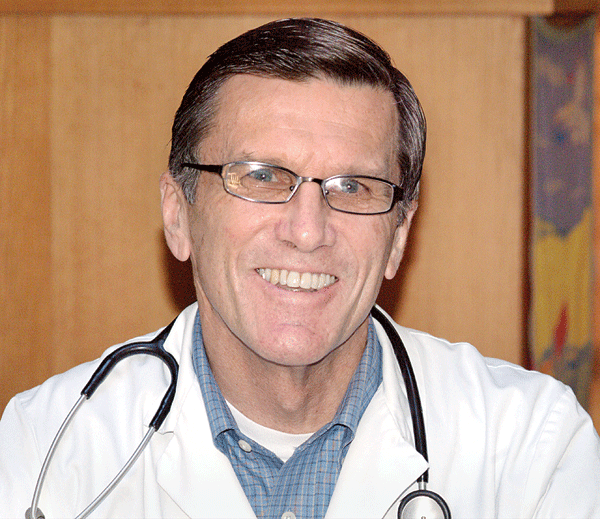My goal in this article is not to judge the use of marijuana as good or bad, legal or illegal or right or wrong. My intention is to provide information now available from current medical literature of its medical benefits, known side effects, and when not to use it.
Marijuana has been used for medicinal purposes for several thousand years beginning with the ancient Chinese. It was used at that time for a multitude of medical problems, from the treatment of malaria to the treatment of constipation.
Marijuana was introduced to the United States in the mid 1800s and was prescribed by physicians for its therapeutic benefits until 1937 when it was prohibited from being prescribed. Then in 1970 it was legally prohibited for anyone to even possess or use marijuana.
Because of public demand for the medical use of marijuana in California, in 1996 it became legal to use for medical purposes and soon other states followed suit.
The benefits of marijuana are attributed to its cannabinoid compounds of which some 100 have been identified. The two most researched and well known of these are tetrahydrocannabinol which is also the main component for the mind altering effects of Marijuana, and cannabidiol which causes less of a high.
Most patients smoke the dried plant for the quickest results. Marijuana’s active ingredients can also be delivered through capsules, vaporizers, liquid extracts, foods, and beverages. One major problem is that dosing can be unpredictable since the level of active ingredients varies between plants, as well as the fact that absorption of ingested forms varies among patients.
THC has also been synthesized and available in the U.S. for medical use under the generic names of dronabinol and nabilone, both of which can be prescribed by a Physician.
Although many users have found multiple health benefits from marijuana for the treatment of numerous health problems, there are really only of few that have passed scientific testing. They include:
- Nausea, especially when caused by cancer chemotherapy and AIDS.
- Chronic pain especially when due to neuropathy, cancer, or AIDS.
- Glaucoma
- Multiple sclerosis
- Epilepsy
- Appetite and weight loss in cancer patients.
Again, I want to emphasize that there is a myriad of other conditions that may be helped by marijuana but they, so far, are not backed up by scientific evidence. Most medical practitioners would prefer that patients first use traditional proven treatments for most health problems and to use marijuana for treatment failures.
There are known health risks to the use of marijuana including:
- Impairment of thinking, problem solving skills, and memory.
- Increased anxiety and panic attacks.
- Reduced balance and coordination.
- Increased risk of heart attacks, inflammation of heart muscle, and atrial fibrillation.
- Possible hallucinations and withdrawal symptoms.
- Lowering of blood glucose and blood pressure, and increased risk of bleeding.
Smoking marijuana, which is the most common method of use, has its own set of potential problems. It is associated with possible increased chronic bronchitis and lung cancer (although much less likely than smoking tobacco). A review of current literature shows agreement that the possible harm to the lungs from smoking marijuana does not endorse the safety of its use in this manner.
At this time experts recommend limiting the use of medical marijuana to adults older than 18 years of age. There are also other health related conditions where marijuana should not be used including:
- History of schizophrenia or other psychiatric disorders.
- Severe heart or lung disease.
- Severe liver or kidney disease.
- Pregnancy or planned pregnancy, and breast feeding.
Even with the possible side effects and the non uniformity of doses and strengths of its various forms, I would encourage the use of medical marijuana for the known conditions where it has been proven to be helpful. I can also accept its use in any number of conditions when more conventional treatments have failed.
As marijuana use becomes more widely legalized it should open the door to much needed research which would provide more information as to the best doses and delivery systems for medical use as well understanding the risks and benefits for all users. This information would be of great help to both physicians and patients.
-Terry Hollenbeck, M.D., is an urgent-care physician at Palo Alto Medical Foundation Santa Cruz in Scotts Valley. Readers can view his previous columns on his website, valleydoctor.wordpress.com, or email him at va**********@*******al.net. Information in this column is not intended to replace advice from your own health care professional. For any medical concern, consult your own doctor.













